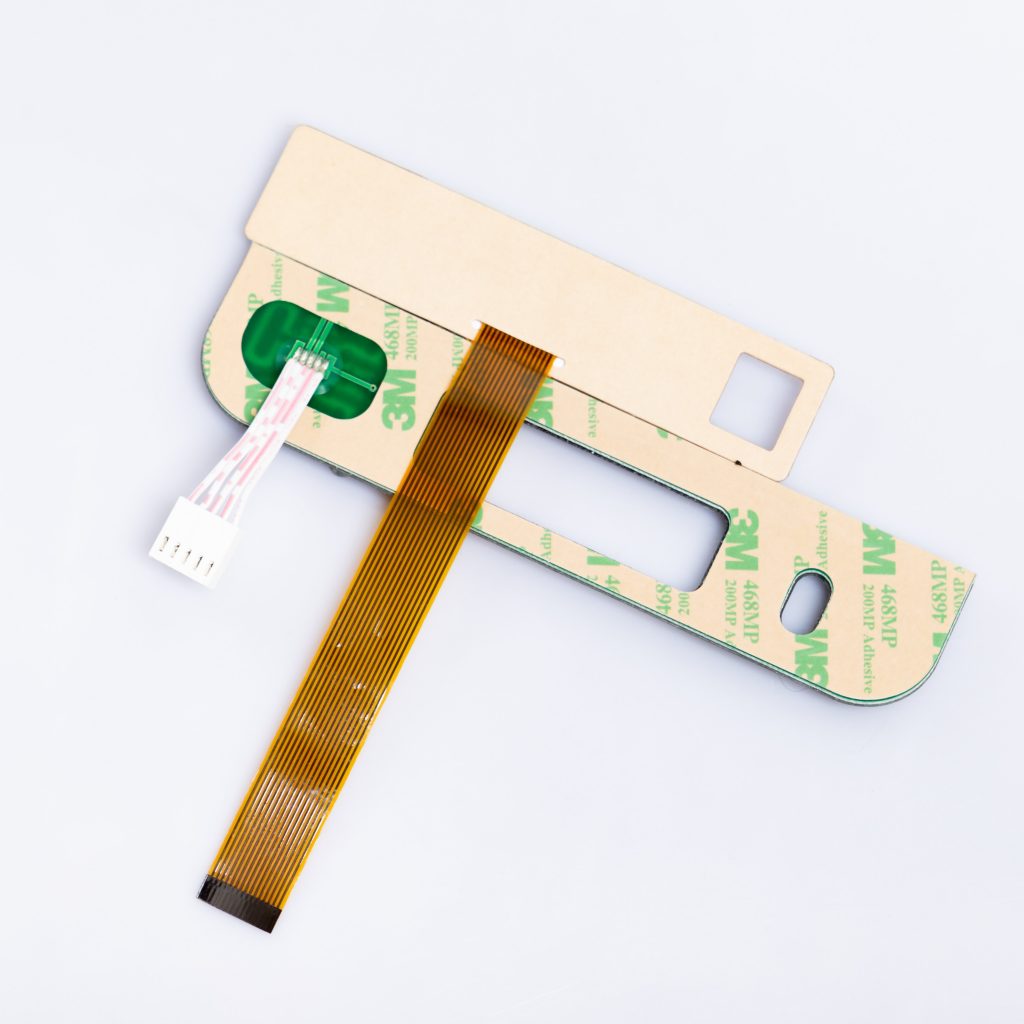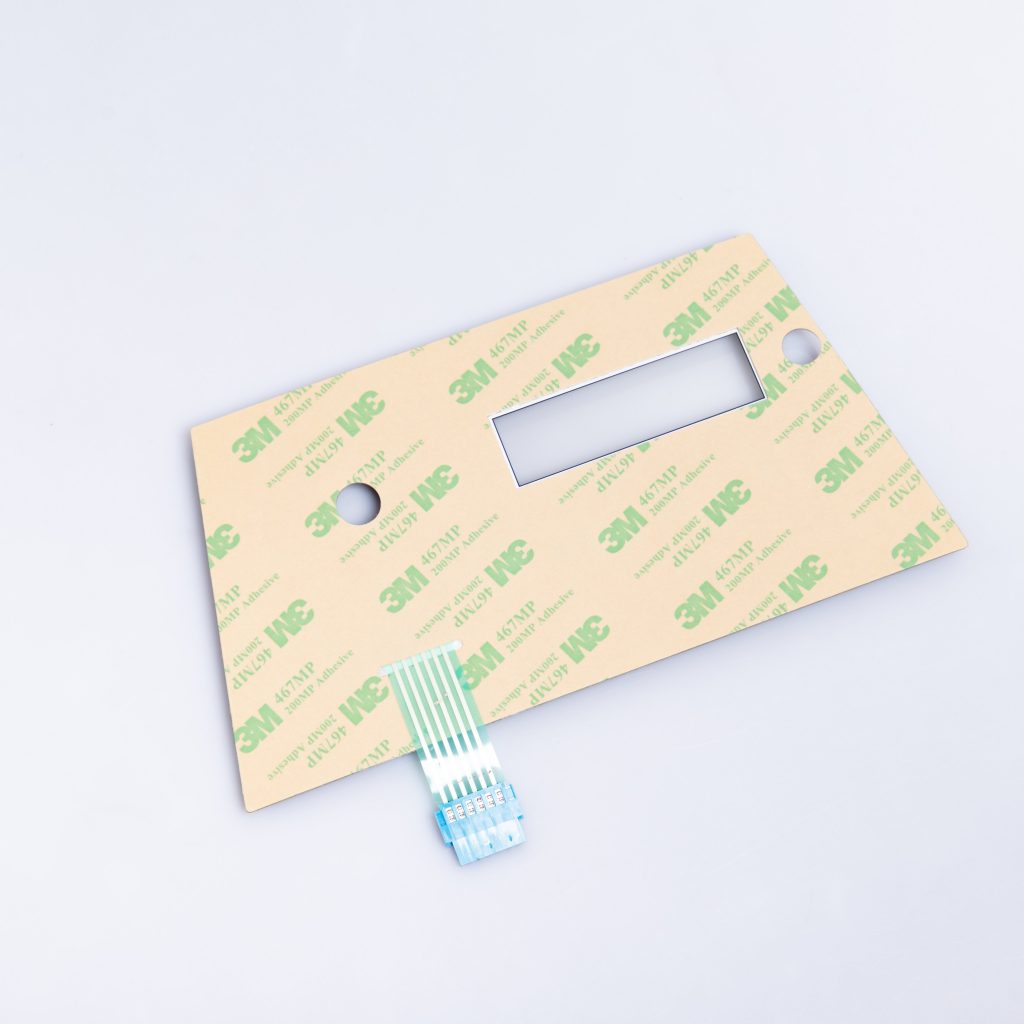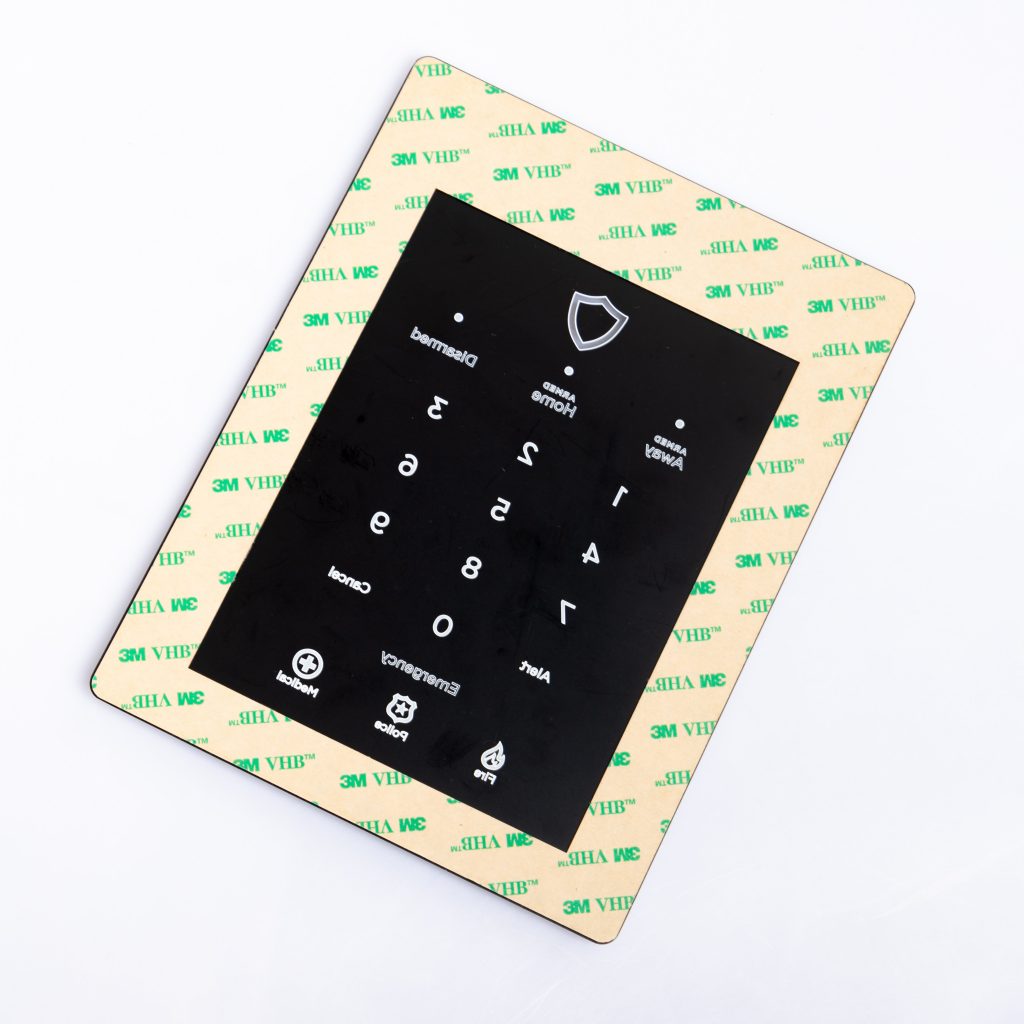Contact
Write to Us And We Would Be Happy to Advise You.
Do you have any questions, or would you like to speak directly with a representative?
By hqt
Membrane switch panels are widely used in various industries for their versatility and reliability. They provide a user-friendly interface for controlling electronic devices and machinery. One crucial component of membrane switch panels is the back adhesive, which ensures secure attachment to the underlying surface. In this article, we will explore the different types of back adhesive used for membrane switch panels, their properties, and applications.



Back adhesive is a layer of material applied to the back of a membrane switch panel. Its primary purpose is to provide adhesion between the panel and the surface it is mounted on. The adhesive layer is carefully chosen based on the requirements of the application, such as environmental conditions, durability, and the type of surface it will be attached to.
Acrylic adhesive is a popular choice for membrane switch panels due to its excellent bonding properties. It offers good adhesion to a variety of surfaces, including plastics, metals, and painted surfaces. Acrylic adhesive is known for its high durability, resistance to temperature fluctuations, and moisture resistance. These qualities make it suitable for applications that require long-term reliability and resistance to harsh environments.
Silicone adhesive is widely used in membrane switch panels due to its exceptional heat resistance. It can withstand high temperatures without losing its adhesive properties or degrading. Silicone adhesive also provides good bonding to various surfaces and offers excellent resistance to chemicals, moisture, and UV radiation. These characteristics make it suitable for applications in industries such as automotive, aerospace, and medical devices.
Rubber adhesive is a versatile choice for membrane switch panels. It offers good initial tack and adhesion to a wide range of surfaces, including low-energy substrates like plastics. Rubber adhesive provides flexibility and conformability, allowing the panel to adhere to uneven or curved surfaces effectively. It also offers good resistance to impact, vibration, and aging, making it suitable for applications in harsh environments.
Epoxy adhesive is known for its high strength and excellent bonding capabilities. It forms a strong and rigid bond, making it suitable for applications that require robust adhesion. Epoxy adhesive offers good chemical resistance, mechanical stability, and resistance to extreme temperatures. It is commonly used in industrial and military applications where durability and reliability are critical.
Double-sided adhesive tape is a convenient option for mounting membrane switch panels. It consists of a layer of adhesive coated on both sides of a flexible carrier material, such as polyester film. Double-sided adhesive tape provides instant adhesion and allows for easy installation. It offers good bonding to a variety of surfaces and is suitable for applications that require quick and secure attachment.
A1: No, the choice of back adhesive depends on various factors such as the surface to which it will be attached, environmental conditions, and application requirements. Each type of adhesive has its own properties and suitability for specific applications.
A2: It is essential to consider factors such as the surface material, operating conditions (temperature, moisture, chemicals), and the level of adhesion required. Consulting with adhesive manufacturers or suppliers can help in selecting the appropriate adhesive for your specific needs.
A3: Yes, for outdoor applications, it is crucial to choose a back adhesive that offers excellent resistance to UV radiation, temperature extremes, moisture, and other environmental factors. Silicone and acrylic adhesives are commonly used for outdoor applications due to their durability and weather resistance.
A4: It depends on the type of adhesive used. Some adhesives provide immediate bonding, making repositioning difficult or even impossible without damaging the panel or the surface. Double-sided adhesive tape offers more flexibility in terms of repositioning.
A5: Yes, it is essential to follow the manufacturer’s instructions and wear appropriate protective gear when handling adhesive materials. Avoid contact with skin or eyes and ensure proper ventilation in the working area.
A6: The ease of removal depends on the adhesive used and the surface it is attached to. Some adhesives may leave residue or damage the surface upon removal. Using adhesive removers or following recommended removal procedures can help minimize any potential damage.
Choosing the right back adhesive for membrane switch panels is crucial for ensuring reliable and long-lasting performance. The type of adhesive should be selected based on factors such as surface compatibility, environmental conditions, and application requirements. Acrylic, silicone, rubber, epoxy adhesives, and double-sided adhesive tape are commonly used options, each offering unique properties suitable for different applications. By considering these factors and consulting with adhesive experts, you can make an informed decision and ensure the successful integration of membrane switch panels in your projects.
Do you have any questions, or would you like to speak directly with a representative?